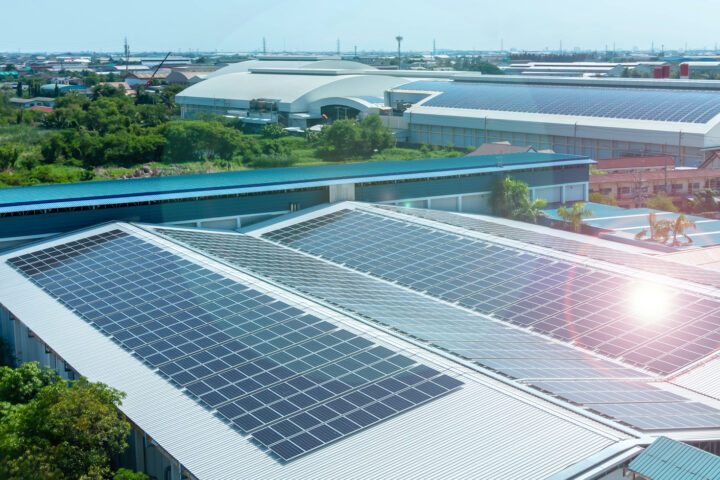Singapore — Global LNG supply is expected to turn tight gradually in the next five years due to the delay of final investment decisions on many LNG projects, which would ultimately lift prices, said participants at the ninth China International Oil and Gas Trade Congress.
JKM, the benchmark price for spot LNG in Northeast Asia, dropped to below $2/MMBtu over April-May, the historical low level since it was launched, S&P Global Platts data showed.
“Global LNG supply will be moving from sufficient to tight in the next five years, with supply-demand differential falling from 200 Bcm in 2020 to 50 Bcm in 2025,” Zheng added. “As a result, global LNG prices are expected to rebound, with spot LNG prices in Northeast Asia estimated to reach a high of $8/MMBtu in 2024.”
A senior executive with CNOOC Gas and Power Group Co., Ltd also shared the same view at the conference.
“We expected there would be 60 million mt/year of LNG projects to make FID in 2020 earlier, but many of these projects were said to have been either delayed or cancelled due to COVID-19,” said Zhu Yanyan, assistant president and general manager of trading department at CNOOC Gas & Power Trading & Marketing Branch, adding that at most only half of these projects would likely reach the FID stage by 2022.
“The move will surely affect LNG supply in the next 4-5 years,” she said.
Investment in LNG projects have gone through a series of peaks and troughs in the past 15 years, according to Zhu.
“We can see 2006-2008 was a FID trough while 2011-2015 was a FID peak, which had resulted in the change of supply fundamental as well as affecting the global LNG prices around five years later,” she said. FIDs witnessed a trough again over 2016-2017, and as a result, global LNG supply is expected to be tight starting from 2022, Zhu added.
DEMAND OUTLOOK
On the demand side, Total expected that COVID-19 impact on LNG demand would be mainly in 2020, with global LNG demand estimated to fall around 10 million-16 million mt, or 4% year on year.
“We expect that global LNG demand to grow around 5% on average by year until 2035,” said Denis Bonhomme, vice president for LNG at Total China.
This will be mainly driven by growing demand from China, as well as demand from new markets and new industries, such as Pakistan and LNG bunkering, Denis said.
“Chinese demand for LNG is still growing. And the object of having a carbon-free China by 2060 will also help in growing the country’s LNG market,” he noted, adding that China is expected to overtake Japan to become the largest LNG market in the next 3-4 years.
“The Asia-Pacific region remains a major region of global LNG demand growth and is expected to account for more than half of global LNG growth by 2025,” Zhu said.
However, there would be some hurdles in the path of LNG demand growth in the future, according to some participants.
“The recovery and growth of global natural gas demand in the future still depend on the progress of the pandemic, which seems to be highly unpredictable,” said Wu Yifeng, deputy general manager in the natural gas department at PetroChina International Co., Ltd.
“Besides, the development of renewable energy, hydrogen energy and other low-carbon energy will also bring uncertainty to the growth of natural gas demand,” he added.





